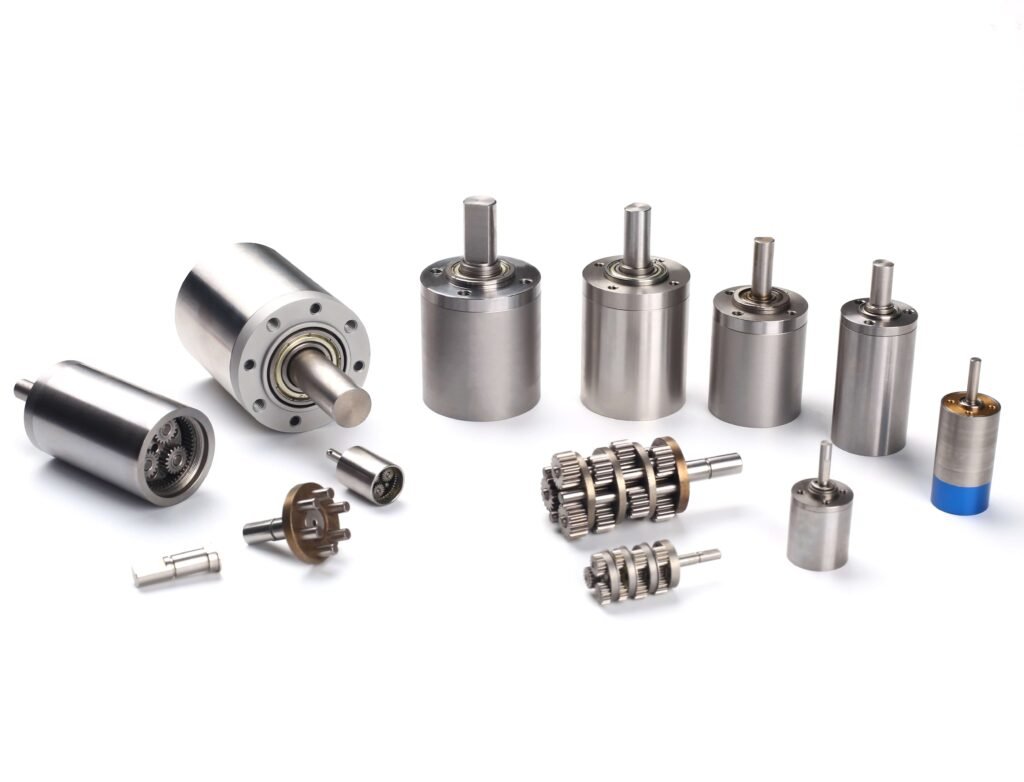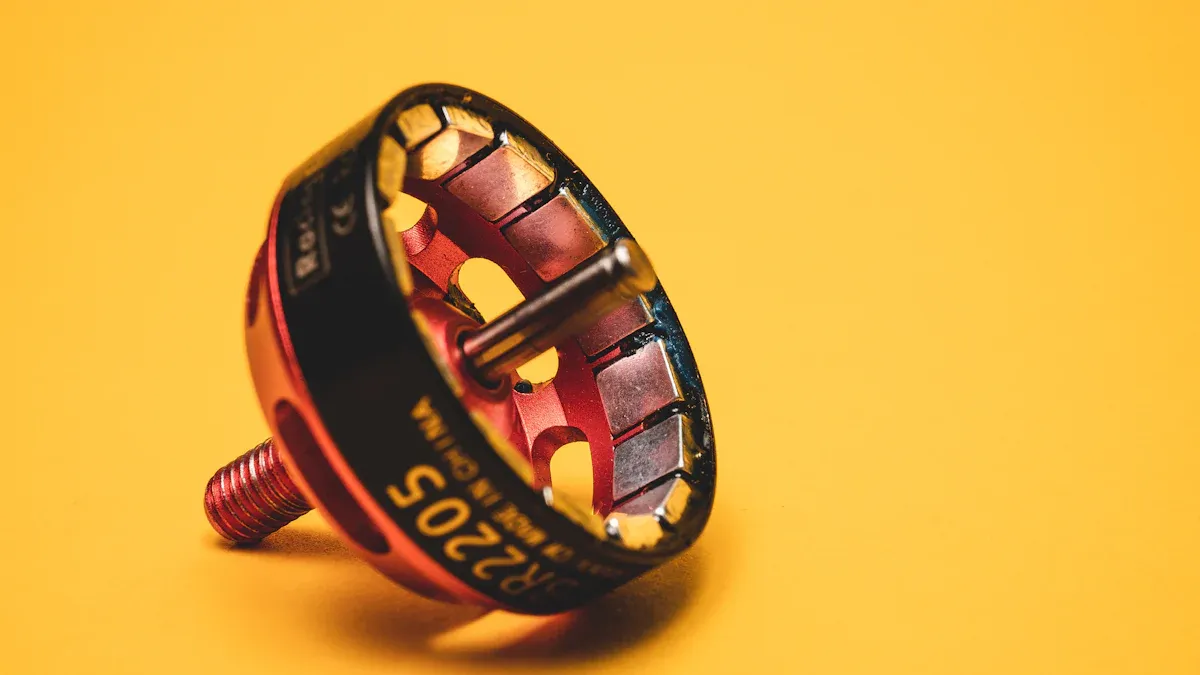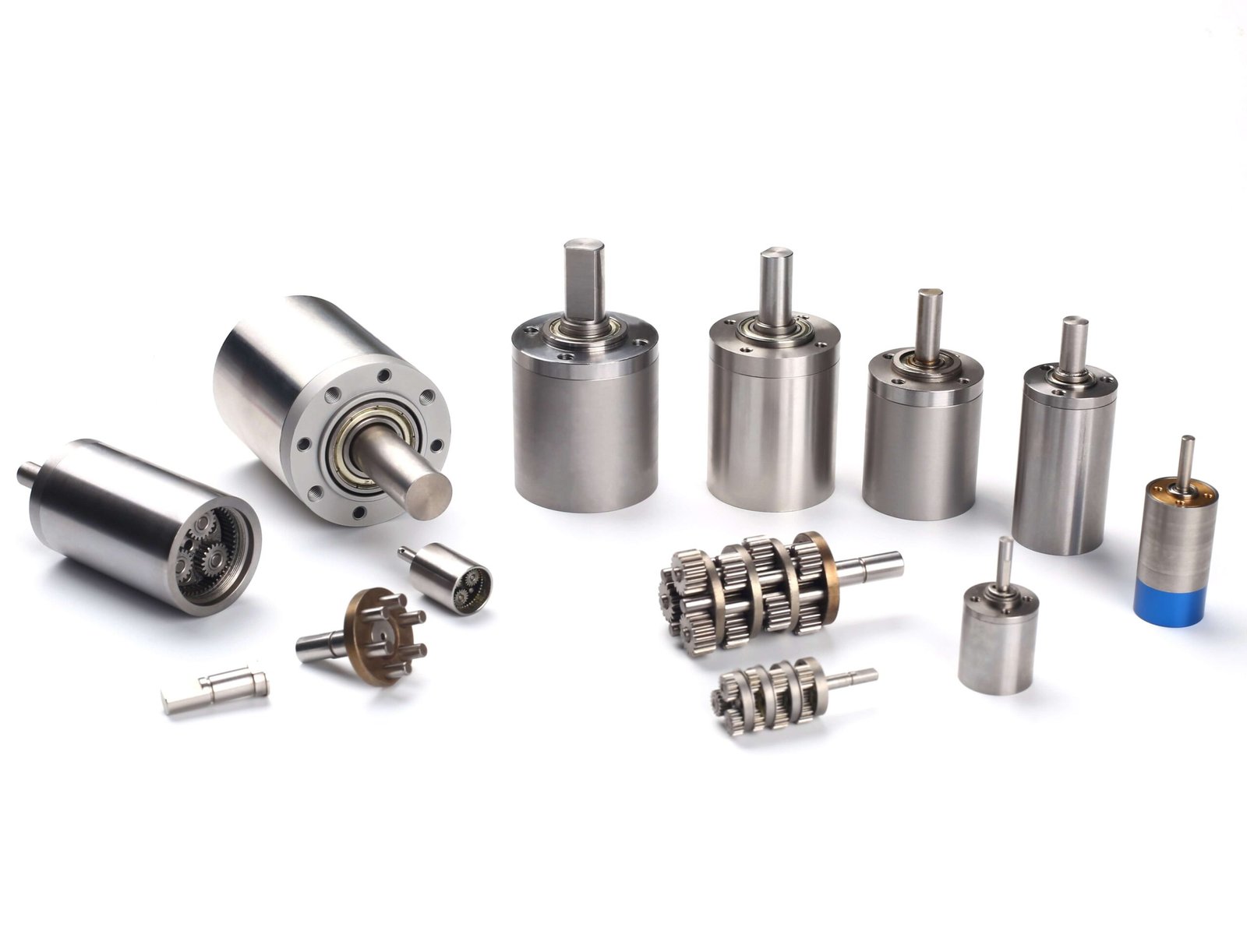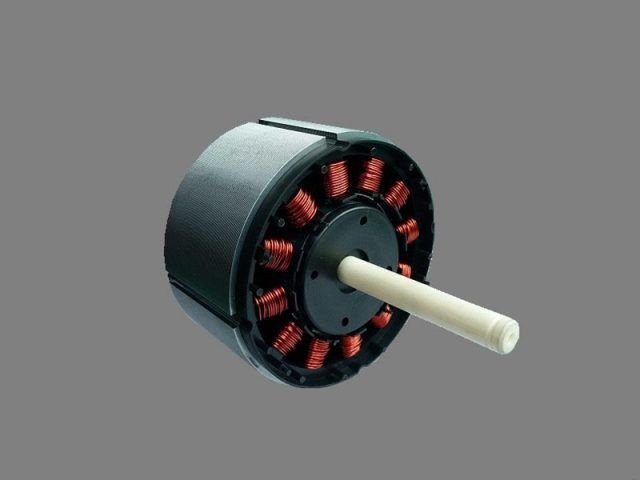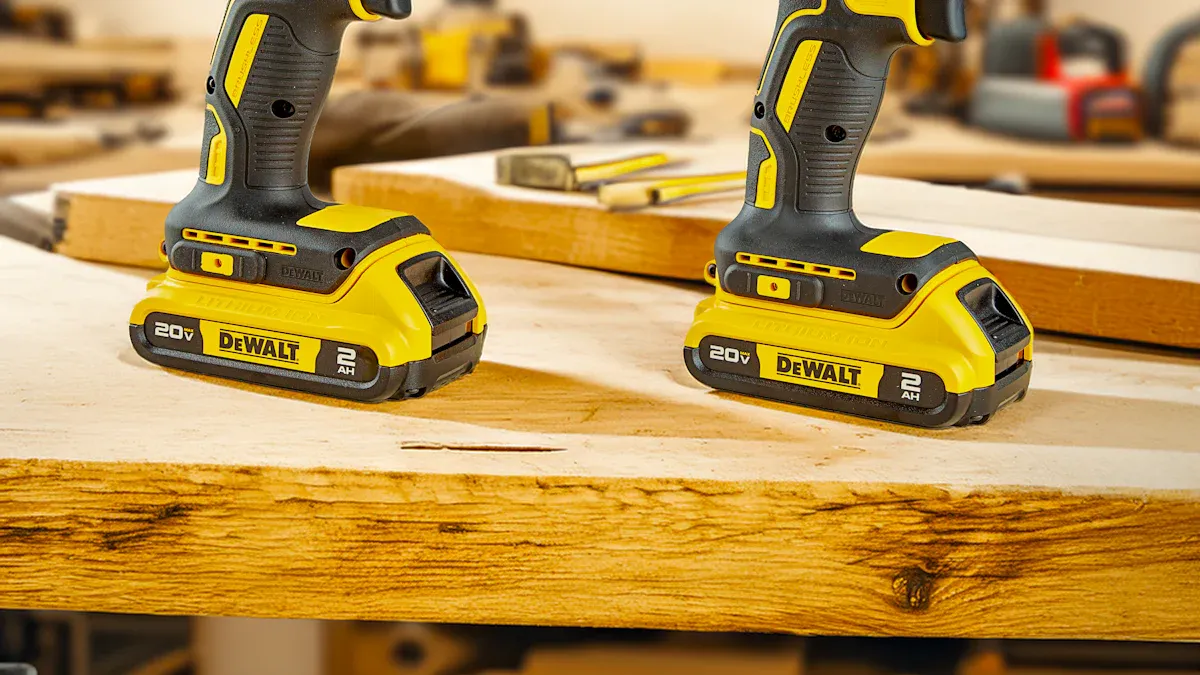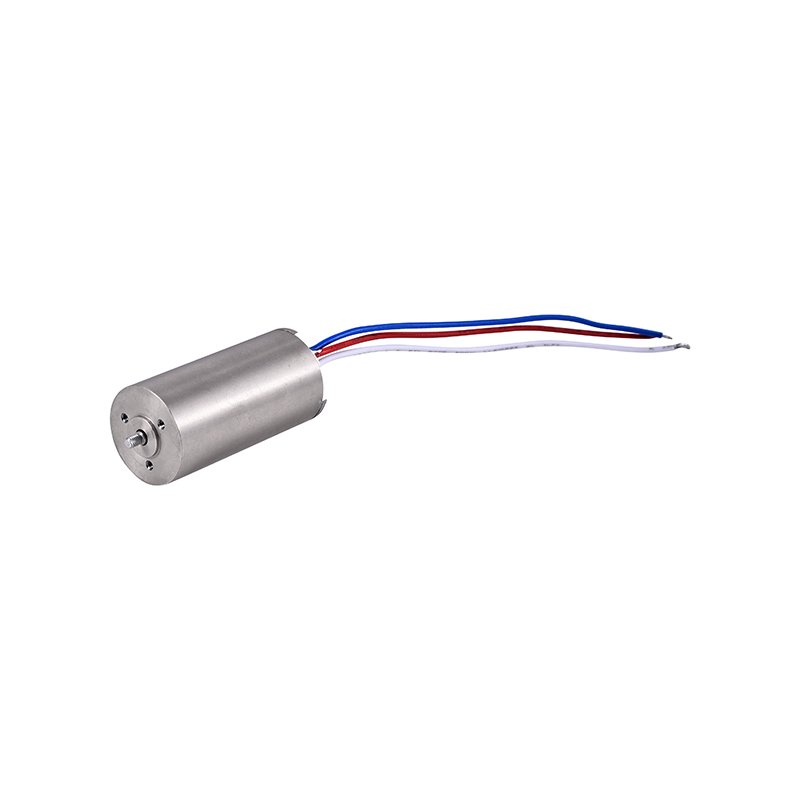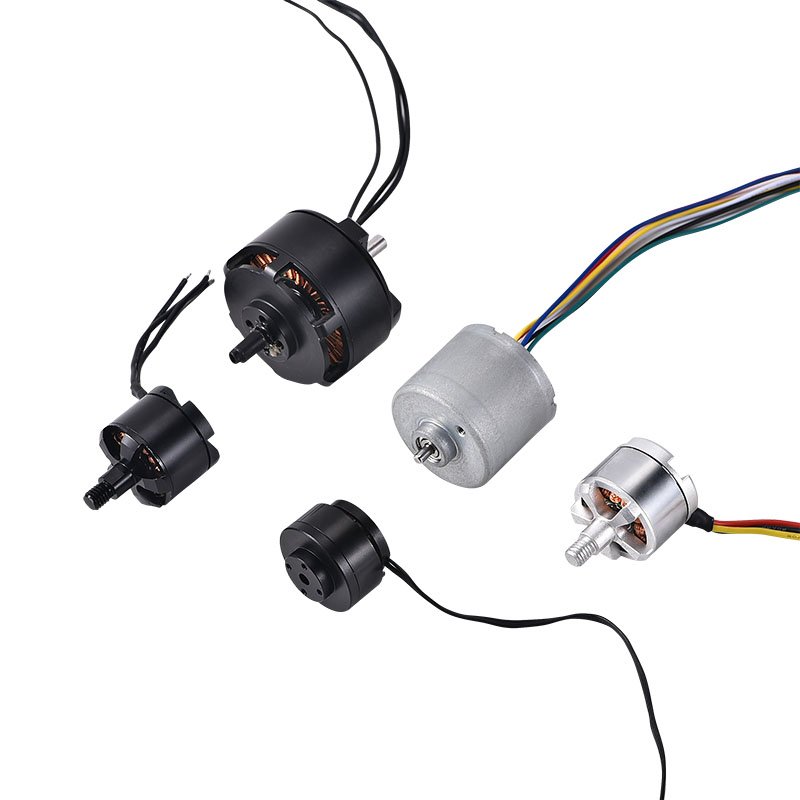To select a gearbox for your brushless DC motor, start with the fundamentals. Determine the required torque and speed for your application. Identify the gear ratio that aligns with your motor’s output and your load requirements. Always ensure the motor and Select Gearbox specifications are compatible. This approach helps your brushless motor perform optimally by matching load, speed, and torque.
Key Takeaways
First, find out the torque and speed your project needs. This helps you pick the right motor and gearbox.
Pick a gearbox type that works for your project. Planetary gearboxes give high torque. Worm gearboxes are good for simple jobs.
Figure out the gear ratio by dividing motor speed by output speed. This helps match torque and speed.
Make sure you mount and align everything the right way. This stops damage and keeps things working well.
Check and take care of your system often. This makes it last longer and stops it from breaking early.
Application Requirements
Load, Speed, and Torque
Begin by learning about the load for your dc motor with gearbox. You must know how much force your project needs. Figure out the torque and speed needed to move or lift things. Use simple tools or math to guess these numbers. If you need a lot of torque but slow speed, a gearbox can help. It makes the torque higher and the speed lower.
You also need to check the speed range. Some jobs need the same speed all the time. Others need the speed to change fast. In factories, motors often run at steady speed and torque. In robots, both can change quickly. Always make sure the torque and speed fit your project. This helps your system work well and keeps the motor safe.
Tip: Make a table to match your needed torque and speed with the motor and gearbox specs. This lets you find problems early.
Duty Cycle and Environment
Duty cycle means how long and how often your motor works. If your motor runs all the time or starts and stops a lot, it can get hot. High duty cycles make the motor hotter and might cause it to overheat. Sometimes, a gearbox helps the motor give more torque without getting too hot.
Where you use the motor matters too. Hot, wet, or dusty places can make motors wear out faster. For tough places, pick gearboxes and motors with high IP ratings like IP65 or IP67. These ratings keep out dust and water. They are good for outside or places that need cleaning. The table below shows some common IP ratings and where to use them:
IP Rating | Protection Level | Typical Application |
|---|---|---|
IP-44 | Splashing water, small objects | Packaging, conveyors |
IP-66 | High-pressure water jets, dust | Oil & gas, pharma |
IP-69K | High-temp water jets, dust | Food processing |
Lubrication is important too. Synthetic lubricants work best in very hot or tough jobs. They help the gearbox last longer and need less fixing. For cold places, use special grease or shaft seals.
Brushless DC Motor and Gearbox Selection
Motor Characteristics
When you pick a motor, look at what makes brushless motors special. Brushless DC motors spin very fast, from 5,000 to 15,000 rpm. These motors use energy well and last a long time. They do not need much fixing because there are no brushes to wear out. Brushless motors run smoothly and are easy to control. This makes them good for many uses.
You need to match the motor size to your load. If the motor is too small, it can get too hot and break. If it is too big, you waste power and money. Always check the torque and speed numbers. Make sure the motor can handle the biggest load and needed speed. Brushless motors work best when you use them within their limits.
Note: Brushless motors often use a gearbox to slow down speed and give more torque. This helps you get high torque at low speeds, which is common in robots and automation.
Gearbox Types
Choosing a gearbox for your brushless DC motor depends on what you need. The main types are planetary, parallel shaft, and worm gearboxes. Each type has its own good points.
Planetary Gearboxes: These give high torque, work well, and have little backlash. You get good speed control and a small size. Planetary gearboxes are great for brushless motors in tough jobs.
Parallel Shaft Gearboxes: These give about the same torque and efficiency as planetary types. They are good when you want the motor and controls together.
Worm Gearboxes: These are right-angle gearboxes. They usually give less torque and are not as efficient as the other types. Worm gearboxes are best for simple and cheap jobs where you do not need high torque.
The table below shows how the main gearbox types compare for brushless motors:
Gearbox Type | Torque Range (lb-in) | Torque Range (Nm) | Speed Range (RPM) | Power (HP) | Notes |
|---|---|---|---|---|---|
Inline Planetary | 5.8 to 350 | 0.66 to 39.5 | 0.03 to 658 | Up to 3/8 | High torque output, high efficiency, low backlash, suitable for tight speed control |
Parallel Shaft | 5.8 to 350 | 0.66 to 39.5 | 0.3 to 658 | 1/16 to 1/4 | Similar benefits as planetary; multiple series with integrated motor and control |
Worm Gear (Right-Angle) | Lower than planetary | N/A | N/A | N/A | Lower torque output and efficiency compared to planetary and parallel shaft |
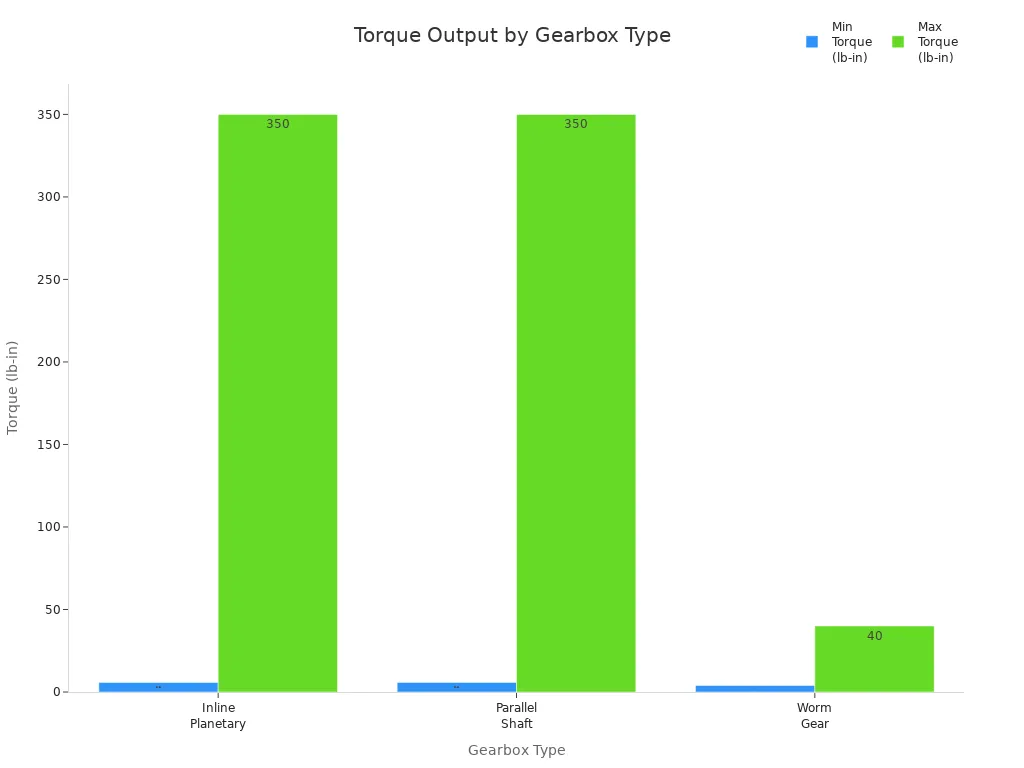
When you pick gearbox types, always look at the efficiency rating. Gearbox efficiency changes the final torque and speed you get. Planetary gearboxes usually work better than worm gearboxes. This means you get more power at the output shaft.
Gearhead Selection Criteria
Picking the right gearhead is important for a good dc motor with gearbox system. You need to think about a few things to make a smart choice:
Torque and Load: Figure out how much torque you need. Add a safety margin so you do not overload it. Make sure the total torque is under the limit for the motor and gearhead.
Load Inertia: Add up all the inertia from your load. Check that the total is not more than what the gearhead and motor can handle.
Speed Range: Make sure your needed speed fits what the motor and gearhead can do.
Axial and Radial Loads: Look at the gearhead’s ratings for pushing and side loads. Do not go over these numbers or you might break it.
Backlash: For jobs that need high accuracy or move both ways, pick a gearhead with low backlash. This helps you get better position control.
Gear Ratio: Pick a gear ratio that gives more torque and lowers speed if needed. The gear ratio changes how well your system works.
Gearhead Life: Choose gearheads that last a long time, like 10,000 hours, for hard jobs.
Physical Fit and IP Rating: Make sure the gearhead fits your design and has the right protection for your space.
Cost: Balance what you need with what you can spend. Sometimes, a better gearhead saves money later.
Criteria | Explanation |
|---|---|
Torque | Calculate required torque with safety factor; ensure it is below the permissible torque of motor + gearhead. |
Load Inertia | Sum all load inertia values; verify total is within permissible load inertia of gearhead + motor. |
Speed Range | Confirm required speed range is within motor and gearhead capabilities. |
Axial and Radial Loads | Check gearhead’s axial (thrust) and radial (overhung) load capacities; loads must not exceed max values. |
Backlash | Important for bidirectional movement and high stop accuracy; affects positioning precision. |
Gearhead Life and Torque | Prefer gearheads with high permissible torque and long rated life (e.g., 10,000 hours) for demanding use. |
Gearhead Type and Ratio | Select type and gear ratio to optimize motor performance and meet application needs. |
IP Rating and Physical Fit | Consider ingress protection rating and physical fit (right-angle vs parallel shaft) for design compatibility. |
Cost | Balance must-have features with budget constraints. |
Tip: Picking the right gearhead saves energy, makes the motor last longer, and gives steady output. Always check gearhead efficiency and match it to your job.
When you pick gearbox and gearhead options, remember that gear ratio choice lowers the load on the motor by giving more torque. This lets the motor use less current, which keeps it cooler and helps it last longer. But higher gear ratios make the output speed lower. You need to balance speed and torque for your job. Good sizing and care, like adding oil, also help stop early breakdowns.
Brushless motors with the right gearhead give high torque, last a long time, and run quietly. You get the best results when you choose carefully and focus on gear selection, size, and efficiency.
Select Gearbox: Matching Steps
Gear Ratio Calculation
Start by figuring out the gear ratio when you pick a gearbox for brushless motors. The gear ratio shows how much the gearbox changes speed and torque. Use this easy formula:
Gear Ratio = Motor Speed (RPM) / Desired Output Speed (RPM)
If your brushless motor spins at 10,000 RPM and you want 500 RPM, the gear ratio is 20:1. This means the gearbox makes the speed twenty times slower. It also makes the torque twenty times higher, but some power is lost.
Here are steps to help you choose and size your gear:
Write down the output speed and torque you need.
Look at your motor’s speed and torque ratings.
Use the formula to find the gear ratio.
Pick a gearhead with a ratio close to your answer.
Make sure the gearhead can handle the torque you need.
Tip: Always check how efficient the gearbox is. If it is not efficient, you get less torque and speed than you planned.
Torque and Speed Matching
It is important to match torque and speed for a good system. The motor and gearhead must work together to give the right output. Follow these steps to pick a gearhead:
Figure out how much output torque your load needs.
Multiply the motor’s torque by the gear ratio to guess the output torque.
Check if the gearhead’s torque rating is higher than your number.
Look at the speed range. The gearhead must handle the speed without getting too hot or wearing out.
Add extra to your torque and speed numbers for safety. This helps stop overload and early damage.
Step | What to Do | Why It Matters |
|---|---|---|
1. Motor Sizing | Pick a motor with enough torque and speed | Makes sure the load can move |
2. Gearhead Sizing | Choose a gearbox with the right ratio and ratings | Matches output to your needs |
3. Safety Margin | Add 20% to torque and speed | Stops overload and damage |
4. Efficiency Check | Look at gearbox efficiency | Helps plan for real-world losses |
Brushless motors often need high torque at low speeds. Gearheads help by turning fast motor speed into strong torque. Always match torque and speed to your job for the best results.
Compatibility and Reliability
You need to make sure the motor and gearbox fit together for long life. Use these mounting steps to avoid trouble:
Line up the motor shaft with the gearbox shaft. Check for sideways or angled misalignment to stop bearing problems.
Use flexible couplings to fix small misalignments and lower stress.
Move the motor with jacking bolts and line up magnetic centers as the maker says.
Put the motor on top of the gearbox and center the bracket on the stud.
Use steel, aluminum, or fiberglass shims to change height. Do not use wood or plastic shims.
Mount everything on strong brackets or stringers. Spread the load and keep movement under 0.5mm.
Use grade 8 mild steel bolts and thick washers. Tighten bolts with a torque wrench in the right order.
Check for misalignment and wear often. Oil the bearings and gears a lot.
Teach your team how to align things. Use laser tools for better accuracy.
Adjust alignment for heat changes. Align when the equipment is hot or adjust for heat.
Follow all install and care steps. Check if the site is good and use safety gear like PPE and lockout/tagout.
Note: Good mounting makes gearheads last longer and keeps output steady. Bad alignment causes shaking, noise, and early breakdown.
Control needs also matter for compatibility. Use electronic controllers to switch current in brushless motor windings. Controllers protect from too much current, give speed feedback, and find faults. Some controllers use Field-Oriented Control (FOC) for smooth and efficient running. Feedback systems like encoders or Hall sensors give real-time info on position, speed, and direction. This helps the controller change current and voltage for good control.
Use controllers that fit your motor and gearbox.
Add feedback systems for exact speed and position control.
Set up controllers for commutation, speed, and position.
Use PWM to change voltage and control speed and torque.
Think about system needs, the environment, and care.
Tip: Picking the right gearhead and control keeps brushless motors working well and helps them last longer.
You should check life, mounting, and control needs when picking a motor. The right size, gear, and regular care help you get strong torque, steady output, and long life in your dc motor with gearbox system.
Tips and Mistakes
Practical Tips
You can get the most from your gearhead and brushless motors by following some easy steps. First, always check what torque and speed your project needs. Write these numbers down before you pick a motor or gearhead. Make a table to compare your load’s torque and speed with the gearhead’s ratings. This helps you find problems early.
Keep your gearhead and motor clean and use the right grease. Dirt and old grease can make them work badly and break early. Pick the best lubricant for where you use the motor. For hot or wet places, use synthetic grease. You should also check if the motor and gearhead are lined up right. If they are not, you might hear noise or feel shaking, and things can break.
Tip: Try your brushless motors and gearhead together before you finish installing them. This helps you find any problems with torque, speed, or output.
Pick a gearhead that can handle more torque than you need. This keeps your dc motor and gearhead safe from too much load. Use feedback devices like encoders with brushless motors for better control. These devices help keep output steady and save energy.
Common Mistakes
Many people make the same mistakes with brushless motors and gearheads. One mistake is picking a gearhead that cannot handle the needed torque. This can make things break early and not work well. Another mistake is not checking the load’s inertia. If you do not match the inertia, your motor and gearhead can wear out fast.
Some people forget to check how long the motor will run. If your motor runs too long without stopping, it can get too hot. Always make sure the gearhead’s rating matches how you will use it. Not checking and greasing your gearhead and motor often also causes trouble. You should make a plan to check your gearhead and motor.
Note: Always make sure things are lined up right. Bad alignment wastes energy and makes your brushless motors wear out faster.
If you avoid these mistakes, your brushless dc motor system will work better, last longer, and give steady output.
Examples in Application

Industrial Automation
Brushless DC motors with gearboxes are used in factories. When you set up a conveyor belt, you need the right motor and gearbox. First, write down how much the items on the belt weigh. Next, decide how fast you want the belt to move. Use these numbers to pick a brushless motor that fits your needs. Then, use the gear ratio formula to find the right ratio. Pick a gearbox that can handle the torque and fits in your machine.
In a packaging line, you may need steady speed and strong torque. A planetary gearbox is a good choice because it gives high torque and low backlash. This helps the conveyor move smoothly. You also check the IP rating to make sure the gearbox can handle dust and water. Many machines in factories use this way to pick gearboxes. You see these steps in places like food processing and assembly lines.
Tip: Test your setup before using it all the time. This helps you find problems early and keeps your machine working.
Robotics
Robots need to move exactly and have strong torque at low speeds. When you build a robot arm, list the weight each joint must lift. Pick a brushless motor for smooth control and long life. Then, figure out the gear ratio for the right speed and torque.
Planetary gearboxes are often used in robot arms. They give high torque and fit in small spaces. You also check backlash because robots need to move accurately. In mobile robots or electric vehicles, brushless motors with gearboxes drive the wheels. This setup gives strong torque for climbing and smooth speed control.
Application | Motor Type | Gearbox Type | Key Requirement |
|---|---|---|---|
Robot Arm Joint | Brushless DC | Planetary | Low backlash, high torque |
Mobile Robot Drive | Brushless DC | Parallel Shaft | High efficiency, compact size |
Note: Always match the motor, gearbox, and controller for the best results in robots and factory machines.
You can pick the right gearhead for your brushless motor by following easy steps. First, write down how fast and strong you need your motor to be. Look at the maker’s info and see what the gearbox can handle. Think about how hot it might get and how often it will run. Try out your gearhead in real-life jobs to find problems early. Using a checklist helps you not miss anything and makes your system work better. When the motor and gearhead match, they use less energy and last longer.
Tip: Always pick a gearhead that works for your job and test it before you finish putting it in.
Recommended Gearhead Selection Checklist:
Write down speed and torque needs.
Check motor and gearbox charts.
Look at how hot it can get.
Make sure it can handle full torque.
See if the input speed matches.
Check how strong it is.
Think about how much it will run.
Choose ready-made gearmotor sets.
Test it in real working conditions.
FAQ
What is the best way to calculate the gear ratio for my application?
Use this formula:
Gear Ratio = Motor Speed (RPM) / Output Speed (RPM)
Example: If your motor runs at 6000 RPM and you want 300 RPM output, use a 20:1 gear ratio.
How do I know if my gearbox and motor are compatible?
Check the shaft size, mounting type, and torque ratings. Make sure the gearbox can handle the motor’s speed and torque. Review the manufacturer’s compatibility charts for best results.
Can I use any gearbox type with a brushless DC motor?
No. You need to match the gearbox type to your application. Planetary gearboxes work well for high torque and precision. Worm gearboxes suit simple, low-torque jobs. Always check efficiency and fit.
How often should I maintain my gearbox?
Inspect and lubricate your gearbox every 3 to 6 months.
Tip: Follow the manufacturer’s maintenance schedule for longer life and better performance.
What happens if I choose the wrong gear ratio?
You may get too much speed or not enough torque. This can cause overheating, poor performance, or even damage. Always calculate your needs before choosing a gear ratio.
